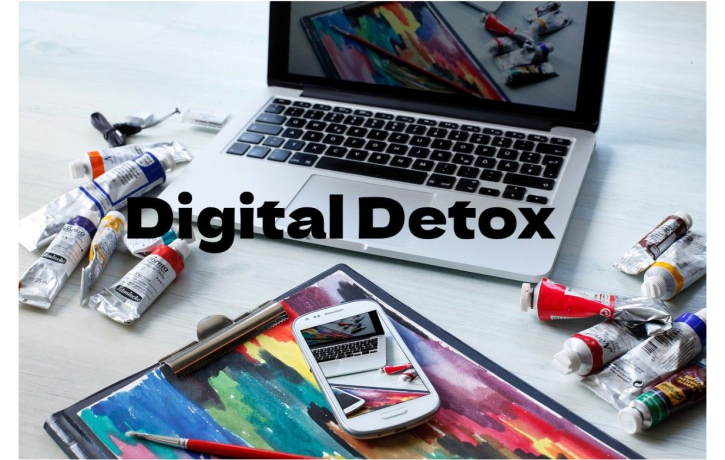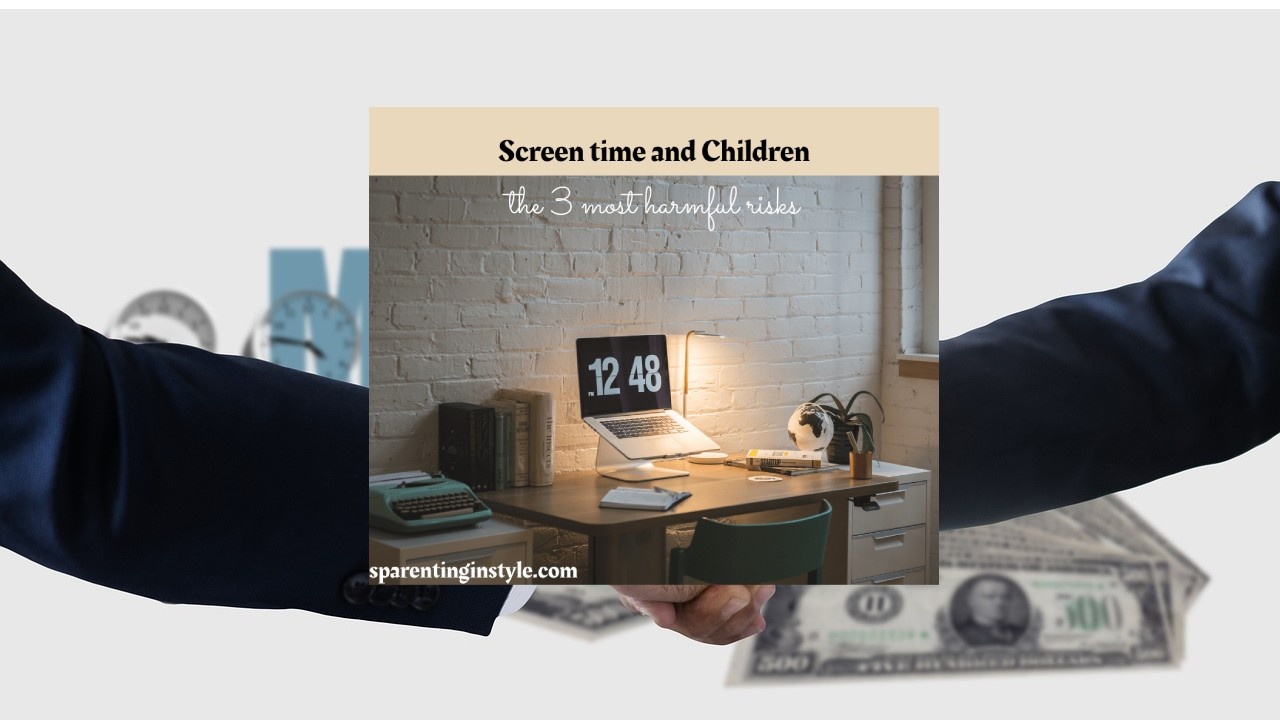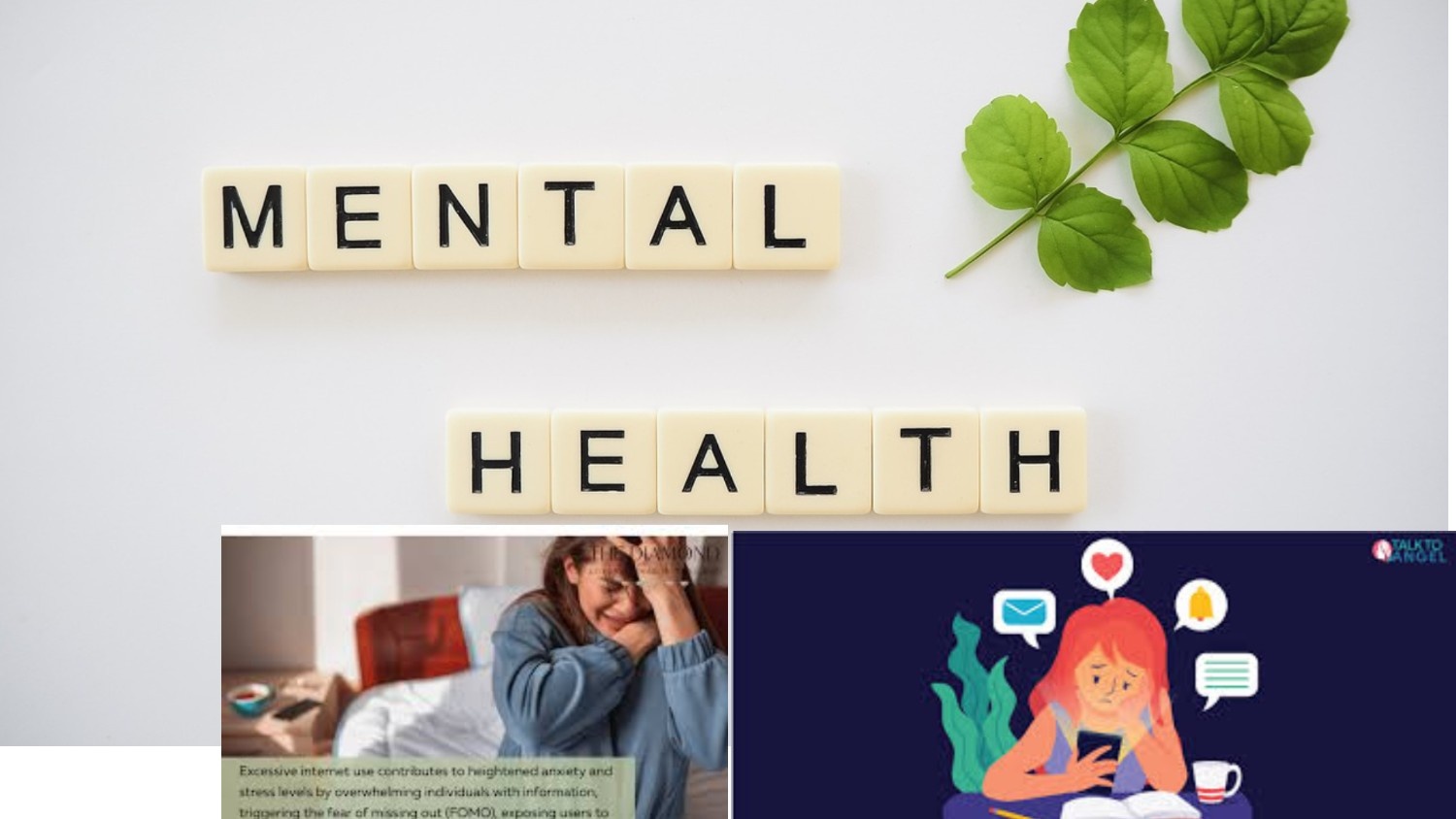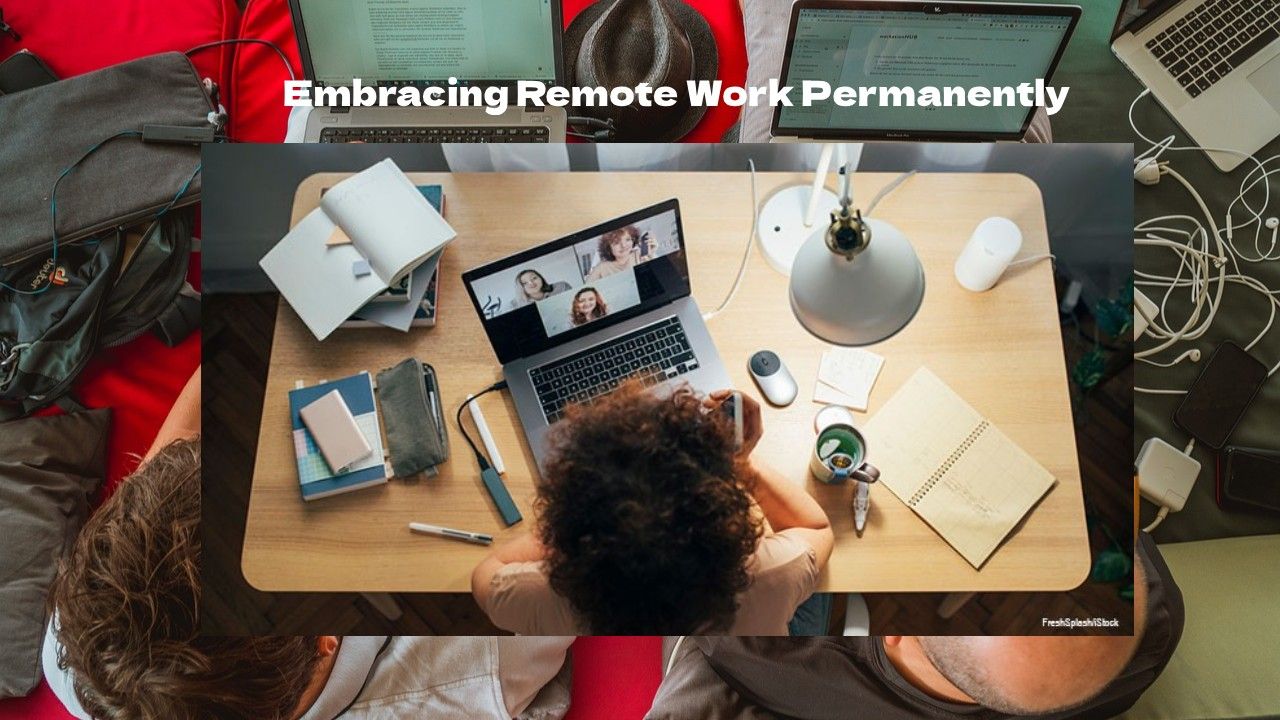- 1 What Is a Digital Detox?
- 2 Signs You Need a Digital Detox
- 3 The Benefits of a Digital Detox
- 4 How to Plan Your Digital Detox
- 5 Digital Detox Strategies
- 6 Replace Screen Time with Meaningful Activities
- 7 Managing Digital Detox Hurdles
- 8 Long-Term Digital Wellness
- 9 Family Digital Detox
- 10 The Role of Social Media in Digital Overload
- 11 Conclusion: Reclaim Your Time and Focus

Staying online has become a part of daily life in today’s hyperconnected world. Smartphones, social media, and constant notifications keep people engaged; however, they also drain time and focus. Technology has brought the masses closer together in many ways, but in bringing them closer, it has created new challenges for mental health, productivity, and relationships.
A digital detox—a deliberate intention to cut down on screen time and reconnect with the world around you—is a sure way of life balancing. This guide has been structured from an outline that reads as follows:
What Is a Digital Detox?
A digital detox is essentially taking a break away from using digital devices, such as smartphones, computers, and tablets. This is a chance to step back away from all the digital noise that gives you clarity, peace, and joy.
Why You Need It:
Reduce screen fatigue and burnout.
Improve focus and productivity.
Get closer to people.
Signs You Need a Digital Detox
Sometimes, the signs of digital overload are subtle but impactful. If you’re experiencing any of the following, it might be time for a detox:
Constant Distraction: Struggling to focus on tasks without checking your phone.
Reduced Sleep Quality: Using devices before bed disrupts your rest.
Anxiety Over Notifications: Feeling compelled to respond immediately.
Neglected Hobbies: spending more time online than pursuing offline interests.
The Benefits of a Digital Detox
1. Improved Mental Health
No screens tend to reduce the stress, anxiety, and feeling of comparison created by social media.
2. Improved Relationships
Getting off devices frees you up to focus on meaningful face-to-face interactions.
3. Productivity
Deep focus on tasks that matter by avoiding the constant digital interruptions that characterize your daily life.
How to Plan Your Digital Detox
A successful digital detox requires a bit of preparation. Here’s how to start:
1. Set Clear Goals
Determine why you’re detoxing—whether it’s to improve focus, reconnect with loved ones, or simply relax.
2. Choose Your Duration
Decide whether your detox will last a few hours, a day, a weekend, or longer.
3. Inform Others
Let friends and colleagues know you’re taking a break so they can respect your boundaries.
Digital Detox Strategies
1. Create Device-Free Zones
Designate areas of your home as off-limits to digital devices, such as bedrooms and dining areas.
2. Implement No-Screen Times
Set times of day to get offline, for instance with the use of meals, the first hour after waking, or bedtime.
3. Use Detox Apps
Ironically, technology can help detoxify your lifestyle. Utilize apps such as Forest or Freedom to limit access to distracting platforms.
4. Turn Off Notifications
Turn off any non-essential notifications that may interrupt you or derail your train of thought.
Replace Screen Time with Meaningful Activities
Pass the time on a phone by replacing digital activities with rich ones.
Offline Options:
Read a Book: Escape into the world of literature.
Practice a Hobby: Rediscover something you love, like painting or gardening.
Spend Time Outdoors: Connect with nature and recharge.
Exercise: Physical activity boosts endorphins and reduces stress.
Managing Digital Detox Hurdles
The truth is, detoxing is not easy and certainly not when one feels technology integrated into daily living.
Common Challenges:
Fear of Missing Out (FOMO): Anxiety about being disconnected.
Work Dependence: feeling tethered to emails and messages.
Boredom: Struggling to fill the void left by digital entertainment.
How to Cope:
Gradual Detox: Start small by reducing screen time rather than quitting cold turkey.
Set realistic expectations: It’s okay to use devices when necessary, like for work or emergencies.
Stay Committed: remind yourself of the benefits you’re seeking.
Long-Term Digital Wellness
A digital detox is not just a one-time thing but a stepping stone to a healthier relationship with technology.
Develop Enduring Habits:
Conscious Use of Technology: Decide when and why you are using your devices.
Regular Detox Time: Make time off from the web a frequent affair.
Screen Time Balance: Define specific hours for the web, adhere to it, and balance screen time.
Family Digital Detox
Engage your family in detoxifying themselves for shared advantages.
Family Digital Detox Strategies:
Plan Offline Activities: Organize game nights, hikes, or cooking sessions.
Model Good Behavior: Children follow by example—limit your own screen time.
Set Unified Rules: Establish family-wide tech-free times and zones.
The Role of Social Media in Digital Overload
Social media is often a significant contributor to digital fatigue. While it’s a great tool for connection, overuse can harm mental health.
How to Detox from Social Media:
Unfollow Negativity: Remove accounts that trigger stress or comparison.
Limit App Usage: Use built-in app trackers to cap your daily time.
Take Extended Breaks: Deactivate accounts temporarily to reset your habits.
Conclusion: Reclaim Your Time and Focus
It is in such a world, dominated by digital connections, where stepping back to reconnect with the inner and outer world is well-timed. A digital detox will help you regain control over time, improve your mental health, and create deeper relationships.
Start small, stay consistent, and remember that balance is the key to thriving in a hyperconnected world. By prioritizing your well-being, you’ll find greater focus, joy, and fulfilment both online and offline.






